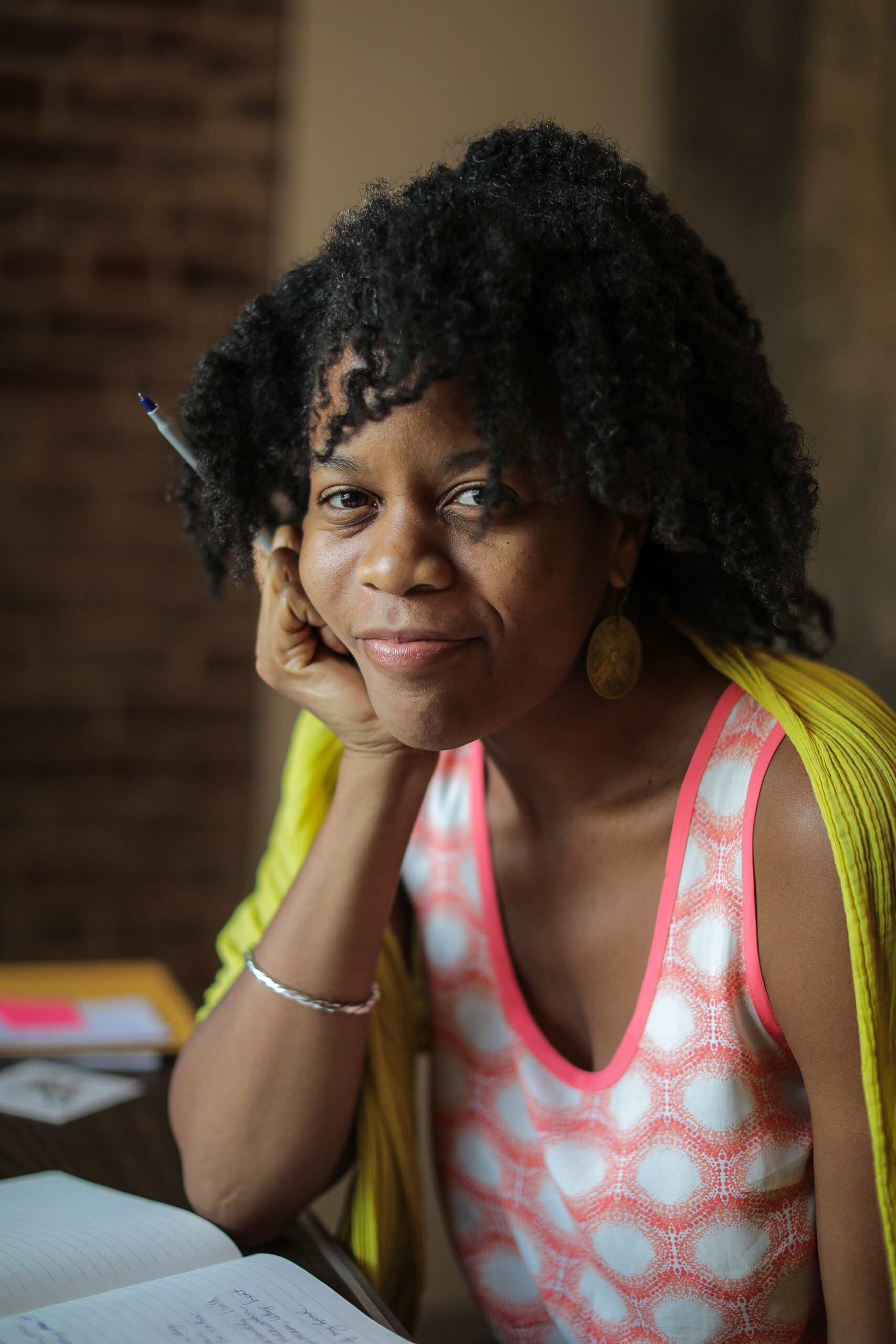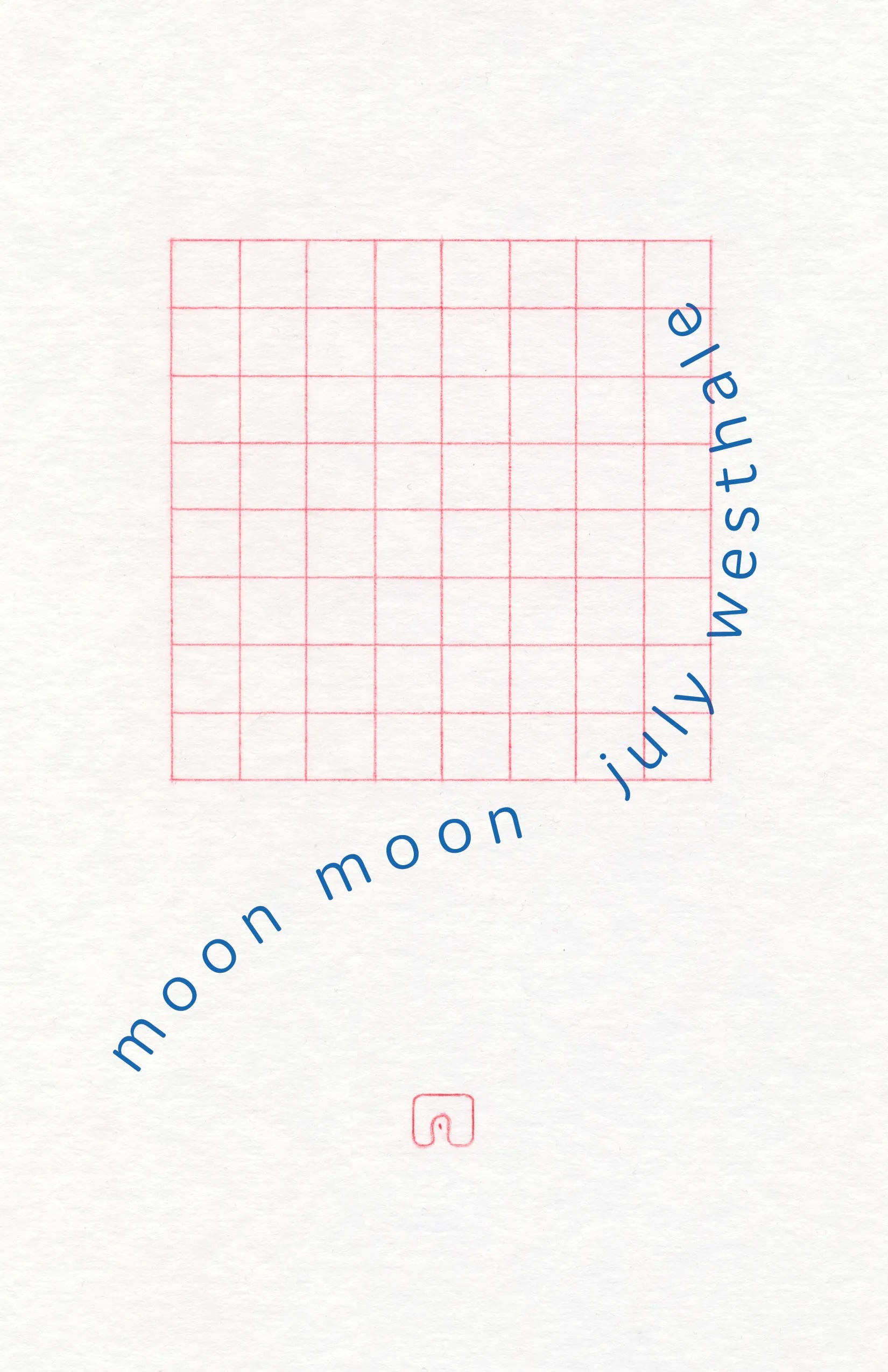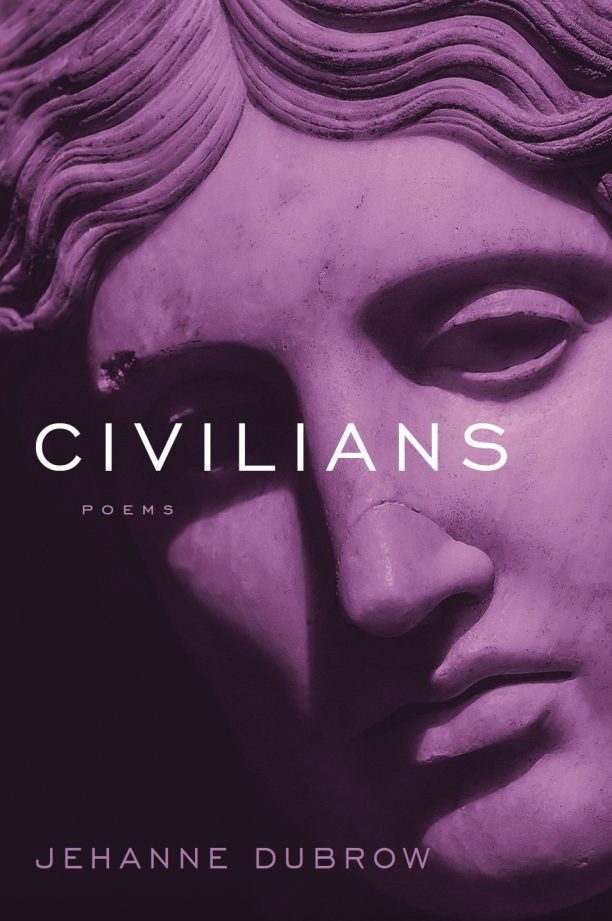 This interview is the second in a new series, Writers on Writing, which focuses on craft and process. The series is part of The Common‘s 10th anniversary celebration.
This interview is the second in a new series, Writers on Writing, which focuses on craft and process. The series is part of The Common‘s 10th anniversary celebration.
Read Codjoe’s poem, “Burying Seeds.”
 Ama Codjoe is the author of Blood of the Air (Northwestern University Press, 2020), winner of the Drinking Gourd Chapbook Poetry Prize, and Bluest Nude (Milkweed, forthcoming 2022). She has been awarded support from Cave Canem, Jerome, Robert Rauschenberg, and Saltonstall foundations as well as from Callaloo Creative Writing Workshop, Crosstown Arts, Hedgebrook, and MacDowell. Her recent poems have appeared in The Yale Review, Massachusetts Review, Southern Indiana Review, and elsewhere. Codjoe is the recipient of a 2017 Rona Jaffe Writer’s Award, the Georgia Review’s 2018 Loraine Williams Poetry Prize, a 2019 DISQUIET Literary Prize, a 2019 Oscar Williams and Gene Derwood Award, a 2019 NEA Creative Writing Fellowship, and a 2020 BRIO Award from the Bronx Council on the Arts.
Ama Codjoe is the author of Blood of the Air (Northwestern University Press, 2020), winner of the Drinking Gourd Chapbook Poetry Prize, and Bluest Nude (Milkweed, forthcoming 2022). She has been awarded support from Cave Canem, Jerome, Robert Rauschenberg, and Saltonstall foundations as well as from Callaloo Creative Writing Workshop, Crosstown Arts, Hedgebrook, and MacDowell. Her recent poems have appeared in The Yale Review, Massachusetts Review, Southern Indiana Review, and elsewhere. Codjoe is the recipient of a 2017 Rona Jaffe Writer’s Award, the Georgia Review’s 2018 Loraine Williams Poetry Prize, a 2019 DISQUIET Literary Prize, a 2019 Oscar Williams and Gene Derwood Award, a 2019 NEA Creative Writing Fellowship, and a 2020 BRIO Award from the Bronx Council on the Arts.
TC: What was your process for writing this poem?
AC: Part of the impetus for the poem, beyond subject matter, was to push myself to keep writing—to compose a longer poem than usual. At some point, soon after beginning, I was only able to write a tercet in the evening before bed and then one or two more during a day of writing. This became the rhythm. I had to listen for it to come at its own pace—sometimes interrupting my dreams. I couldn’t force it, but while I “waited” I researched and watched interviews and took notes. I started and completed other poems. At the time I was at a writer’s residency: living, eating, breathing poems, so I had time to wait.
TC: I’m really interested in the idea of “waiting” for the poem to come to you, especially because so much emphasis is often placed on finished products. How does one cultivate the patience for that? I’m also thinking about your experience of “living, eating, breathing poems” during the residency. What was that like, and how did it impact your creative process?
AC: I don’t think there’s another way this poem would have been written. It needed time to reveal itself. Patience, in this case, seems to resemble listening, and in our everyday lives we can practice listening: giving people time to share what’s on their minds and in their hearts, noticing the trees will listen to you and speak back if you’ll slow down and walk amongst them, waiting for the kettle to whistle, for the tea to cool. When I am at a residency, time deepens and I am quite single-minded. I pare down my communication and screen time, everyone close to me knows that if they want to keep in touch they’ll need to write me an old-fashioned letter. If I give my attention to listening to other people, to caring for myself, to perceiving the natural world, something necessary is being cultivated. Something I will use when I sit down to write. I’m not a gardener, but I’m sure gardening is a great way to cultivate patience, or writing long hand, or consciously breathing while in the grocery store line or while waiting for the bus. No matter where we are, we can—to a certain extent—use the “stuff of our lives” to cultivate whatever quality we’d like to nurture. After all, our lives are all we’ve got.
TC: Do you think an up-and-coming poet can simulate the experience of being fully immersed in poetry in everyday life, and if so, how?
AC: I’m reminded of a poem I read as a teenager and copied down into my journal, “Advice for Beginners” by Ellen Kort. The sentence I recall is: “Eat poems for breakfast.” If we poets can’t figure out what that means, who can? A more practical answer would be to read. Read books from beginning to end. Read one author’s oeuvre. Read every day.
TC: “Burying Seeds” contains rapid movements across time and space. What is your advice on writing highly mobile poetry? How does one secure pace?
AC: It seems repetition plays a role in anchoring the poem and the reader. I was not afraid to repeat words, almost as if rhyming. The images are also repeated, for example: Shabazz’s unveiled face, the mother not wearing a veil to her wedding, the speaker’s veil in the shape of the mother’s dress at the poem’s close. In fact, there is a lot of twinning in the poem, and I think the doubling—or repetition—of words and images allows the mind to leap across time and space.
TC: People often wonder how to successfully revise poetry. What is your revision process like?
AC: Usually, my revision process involves one major ingredient: time. But this poem came to me slowly and precisely. “Burying Seeds” arrived whole, despite the fact that it came little by little, and I did not need to revise it at all, with the exception of a few word choices. In general, though, revising for me is about gaining distance from the poem and time is the best assistant. Additionally, I will ask questions of my-self and the poem such as: What am I willing to risk?
TC: I’m wondering about the idea of revision as taking a risk. This might be more of a case-by-case basis, but do you have any way of determining what you’re willing to risk?
AC: I want to risk something in every poem I write. So, if I’m rereading the poem and there is no blood in it, nothing at stake, no risk, I have to revise toward putting something on the line. Another way of putting this would be to consider if I am being honest in the poem and this kind of honesty includes a willingness to be vulnerable, ugly, misunderstood—like Audre Lorde said, “I have come to believe over and over again that what is most important to me must be spoken, made verbal and shared, even at the risk of having it bruised or misunderstood.”
TC: Do you have any suggestions for making those riskier revisions?
AC: Here are some questions to consider:
If you are describing a dynamic in relationship to others do you come off as the victim or hero?
What are you afraid to say in this poem?
Are you obscuring or hiding, not revealing enough?
And, of course, a shorter answer would be: read Sharon Olds poems and then get back to work.
TC: Often, editors encourage writers to “kill their darlings,” but do you think there is a way to deter-mine which darlings to kill and to muster the courage to kill them?
AC: If a poem isn’t working it likely taught you something you needed to learn. I don’t think of it as killing to let a poem fail. Of course, it all depends on why one writes. I write as a way of thinking through questions that trouble or inspire me, as a way of making sense of the world, or letting the world con-found me. Given these reasons, by any evaluation, each poem has fed me. In fact, we’ve stumbled back to “eat poems for breakfast” right? Poems nourish me whether they are published or not, whether they ever make it into a book. Whether that book ever wins a prize. They feed me. And so it’s not hard to let something go that isn’t working because it still has value in my life.
I think the only way we begin to determine when a poem is working or not is by becoming our own best reader. It’s a practice. It takes time.
TC: What have you been reading recently?
AC: I just finished Hannah Sullivan’s Three Poems.




